
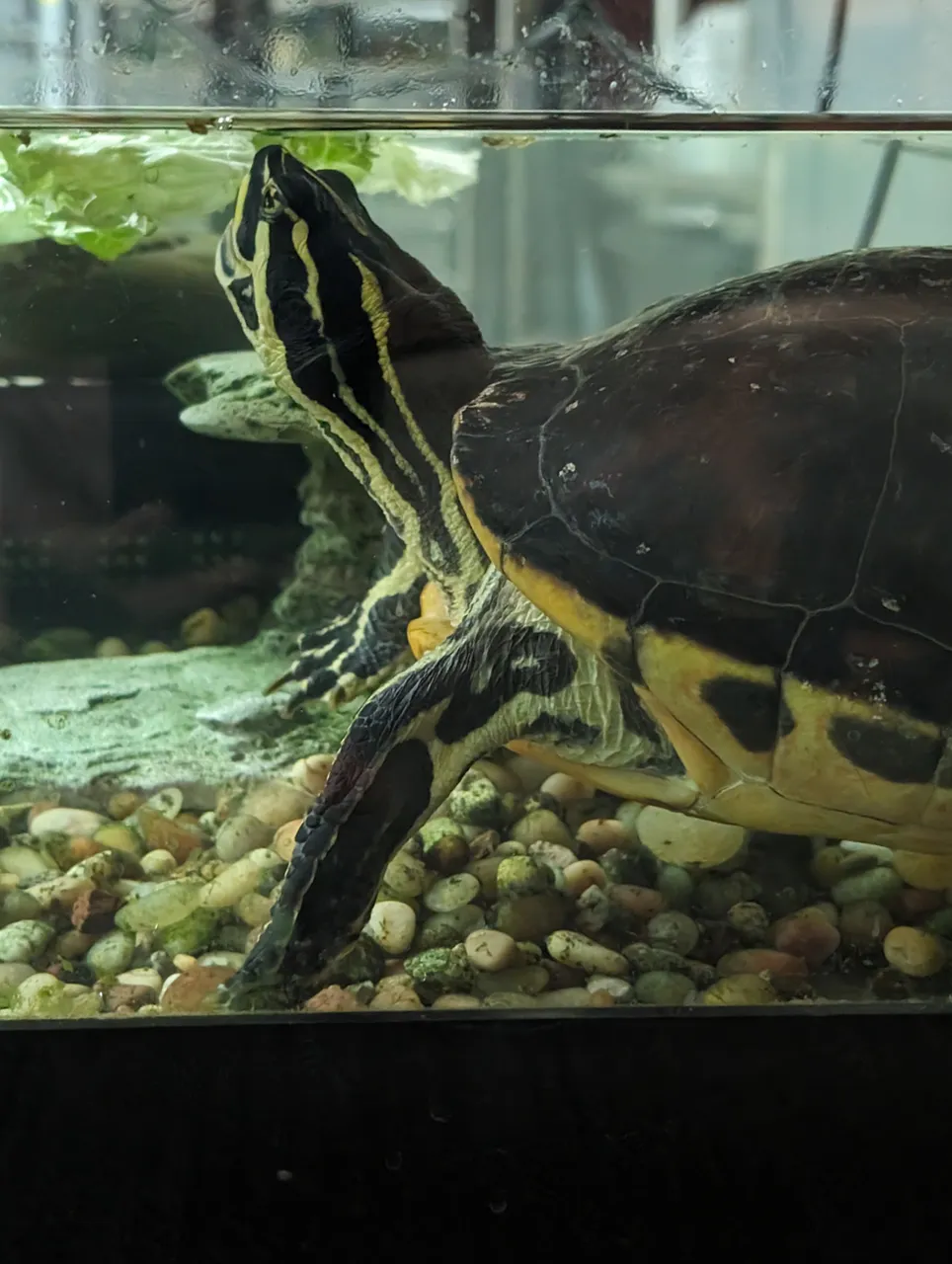

Visiting the Nature Center and seeing the turtles reminded me of the painted turtle that we had when I was a child. My mom purchased it at Woolworths on one of our shopping trips. They had plastic Turtle bowls that included a little plastic island and a green plastic palm tree and when you purchased one you got the turtle free. Ours was quite small and I remember we fed it lettuce and bits of raw hamburger meat. Mom provided an old rolled up bit of damp carpet for it to hibernate in during the winter and even though it looked dead and dried out when it was placed back in the water in the spring it took off swimming! We had it for several years.
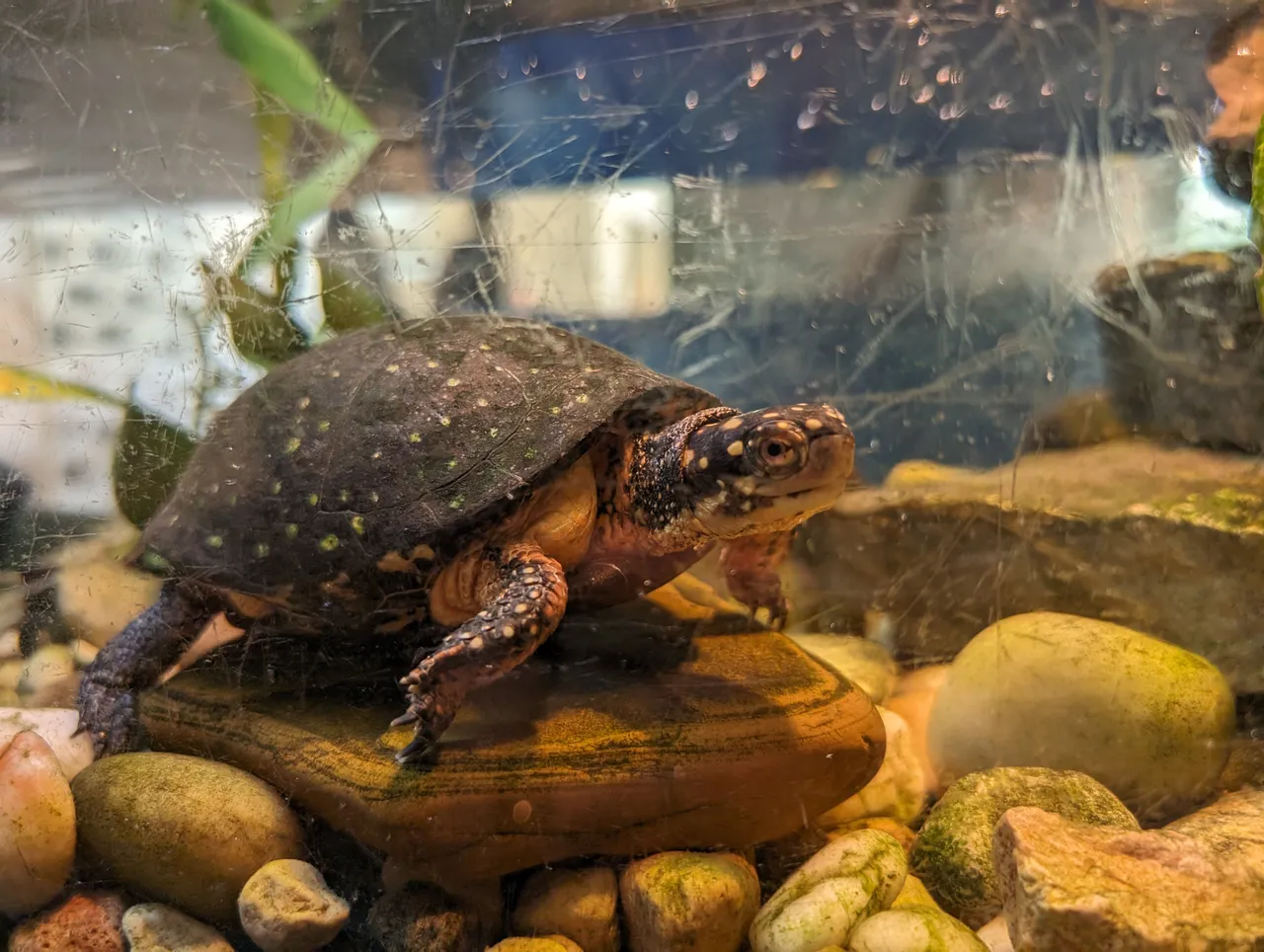
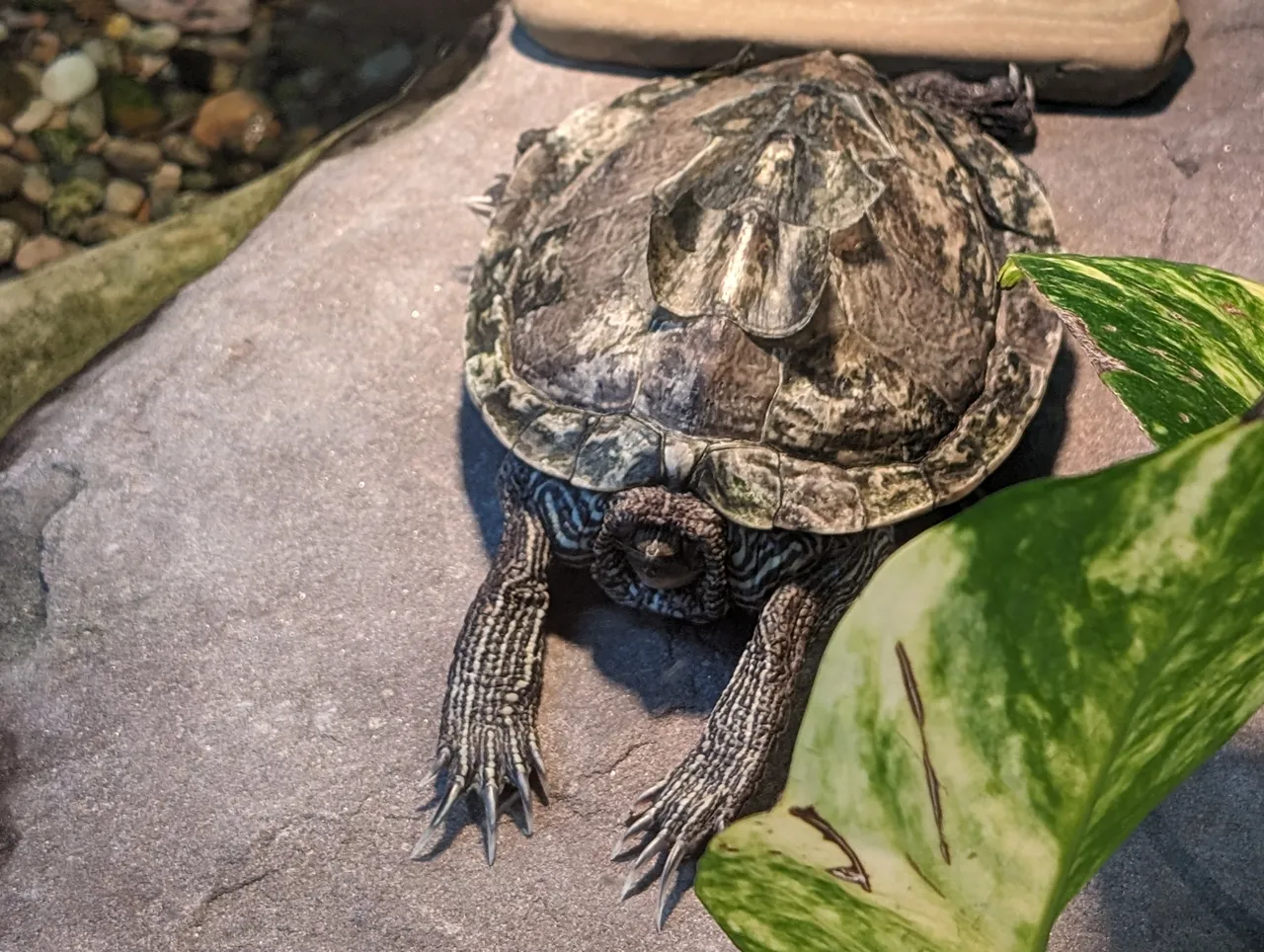


The hissing cockroach is one of the largest species of cockroach in the world. It is native to the African island of Madagascar.
The male cockroach hisses to scare off intruders and also to attract a mate.



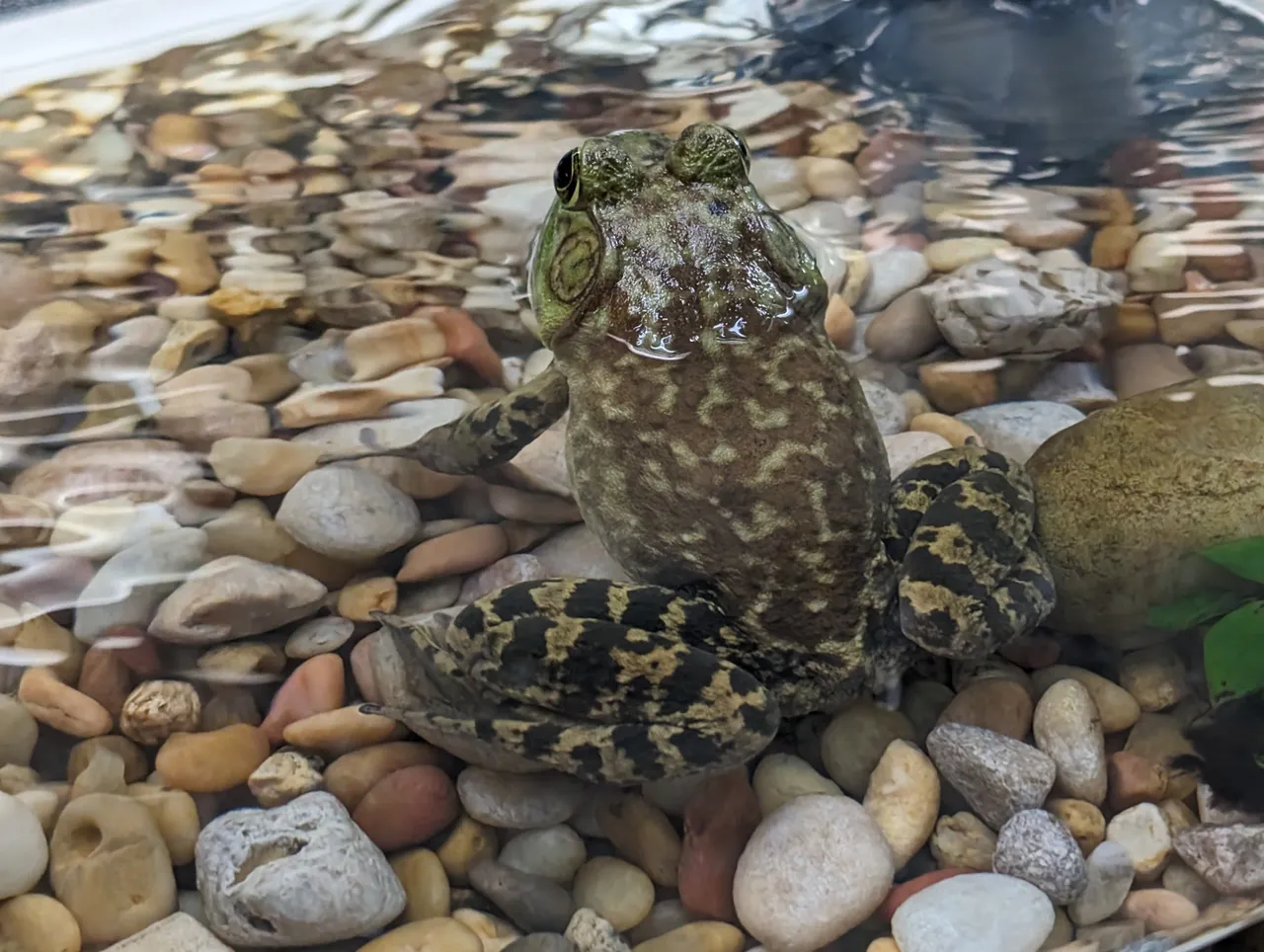
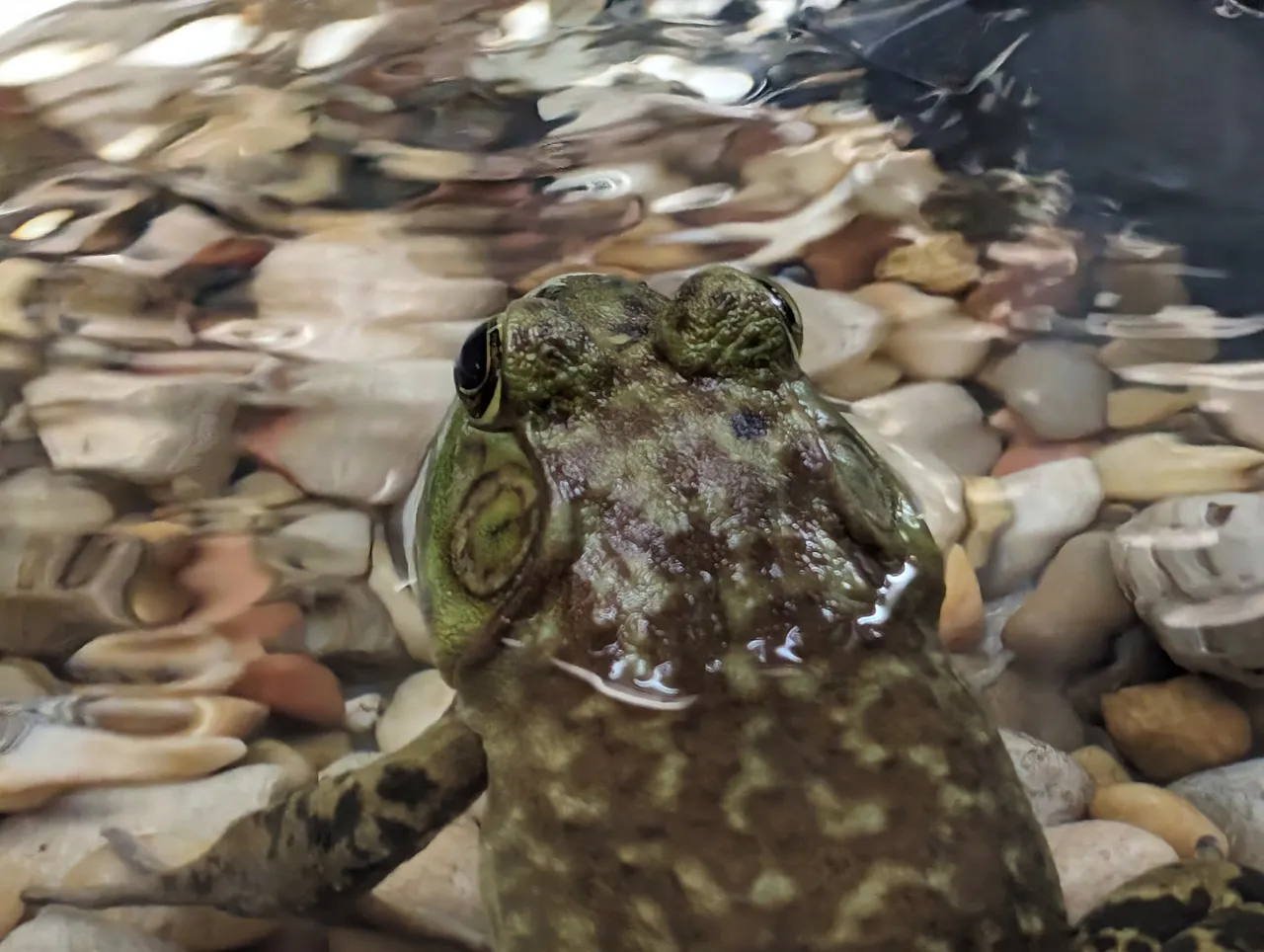

This is Patsy, an alligator snapping turtle, and she is a permanent resident of the Nature Center. She was born in 2007. The museum lists this species as endangered.
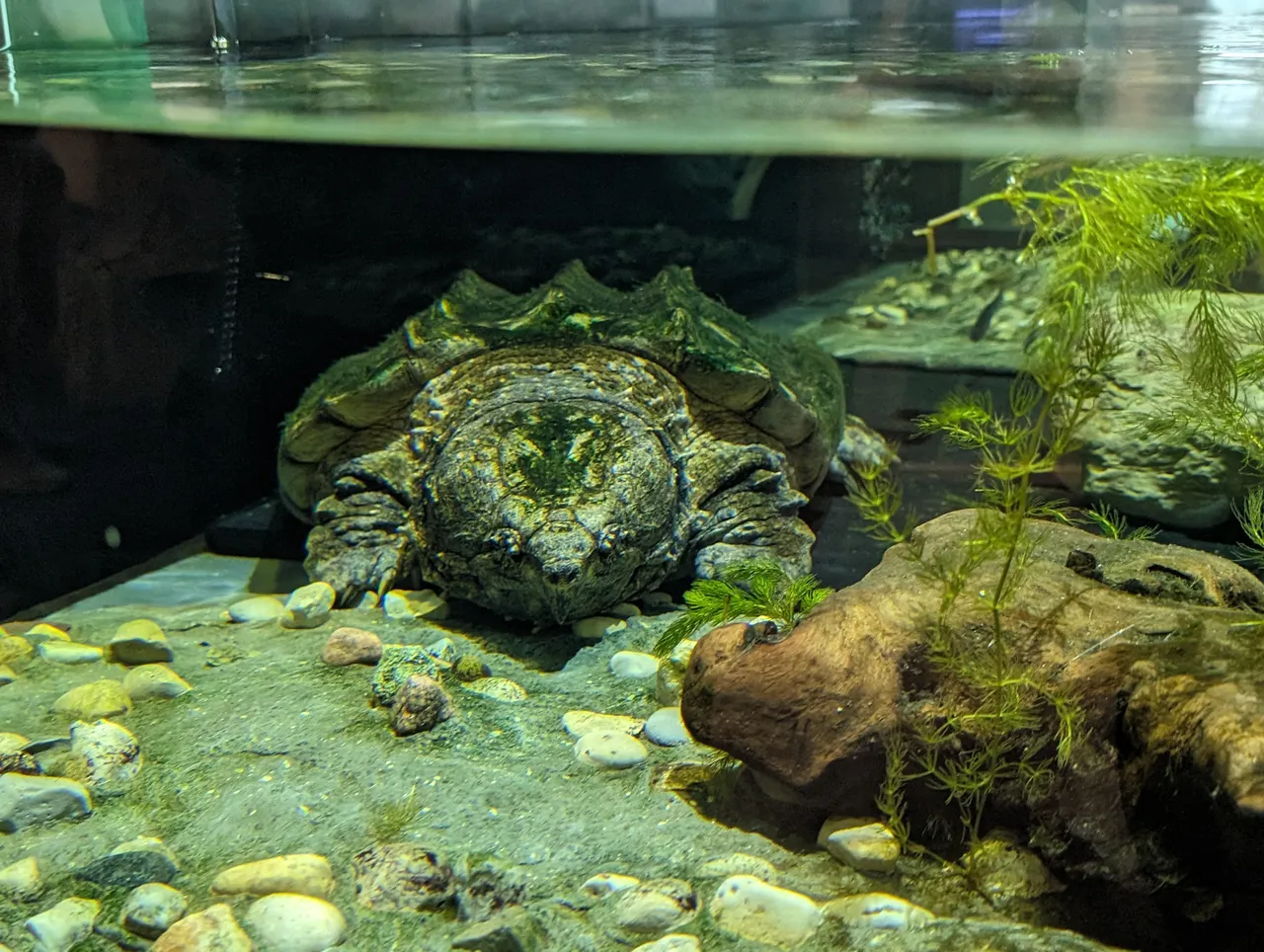



Alligator snapping turtles are sometimes described as dinosaur-like because of their spiky shells and primitive-looking faces. They have three pointed ridges along their shells that run from head to tail. Unlike all other species of snapping turtle, this one has eyes on the sides of its head.
The alligator snapping turtle is the largest species of freshwater turtle. Males typically weigh between 155 and 175 pounds (70 and 80 kilograms)
Alligator snapping turtles are found exclusively in the United States, from northern Florida to eastern Texas and as far north as Iowa. They are almost exclusively aquatic, and tend to stay submerged and motionless for so long that algae begins to grow on their shells. They can go 50 minutes before needing to surface for a gulp of air. Except for egg-laying females, these turtles almost never come on land. River systems, lakes, and wetland comprise their preferred habitats. SOURCE
They can lay on the river bottom with their mouths open and wiggle their worm-like tongue and when a fish comes to investigate they snap it up! Maybe it's just me, but I would avoid swimming in water where these turtles live. If you are bitten they can snap through bone.
We all need to learn about nature!
All photos are taken with Pixel mobile device.

11% of this posts rewards go to 3Speak
5% beneficiary rewards go to @ecency
Gif and divider created by @irisworld

